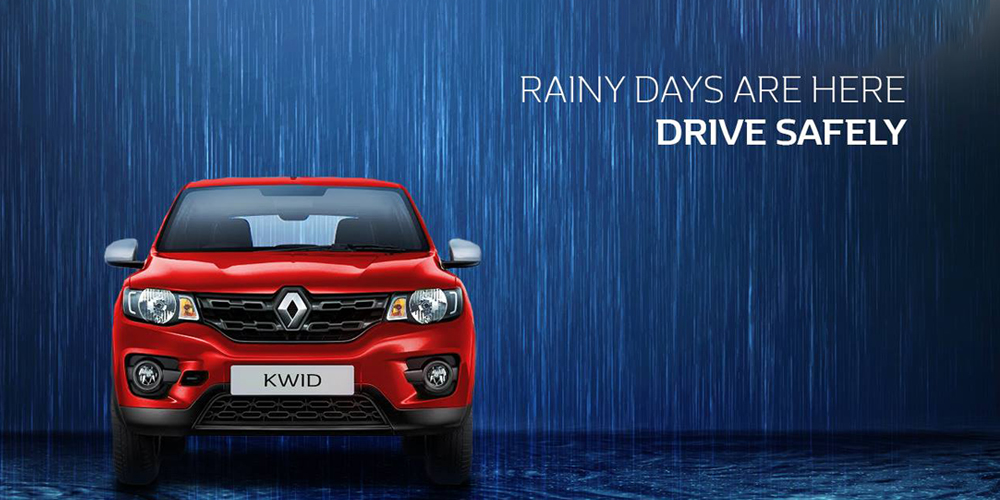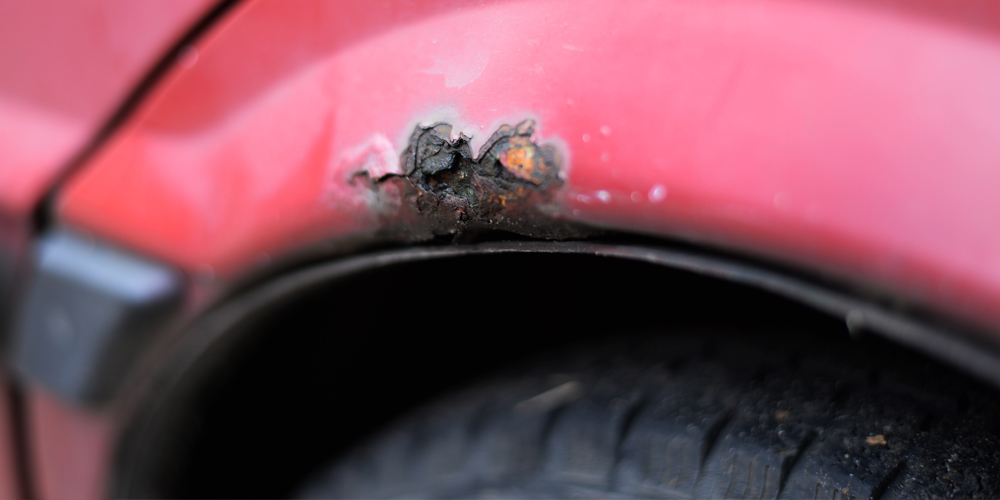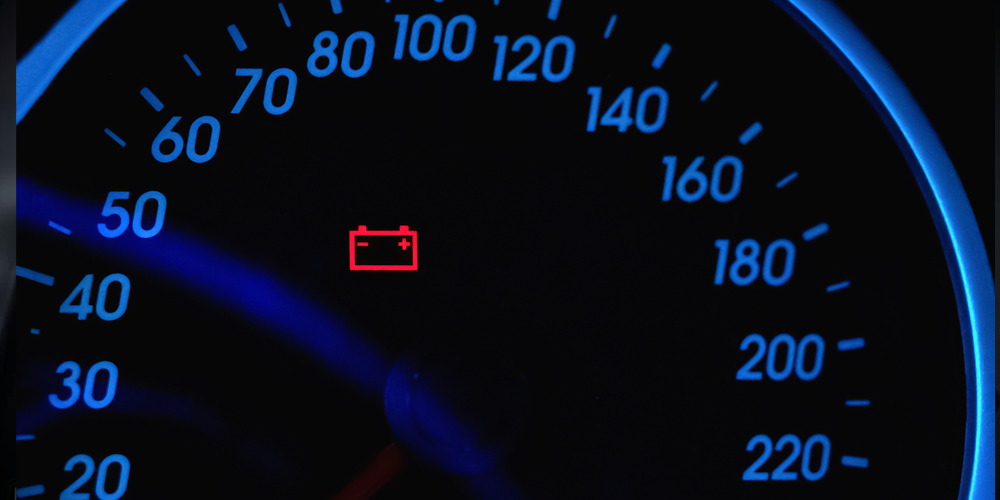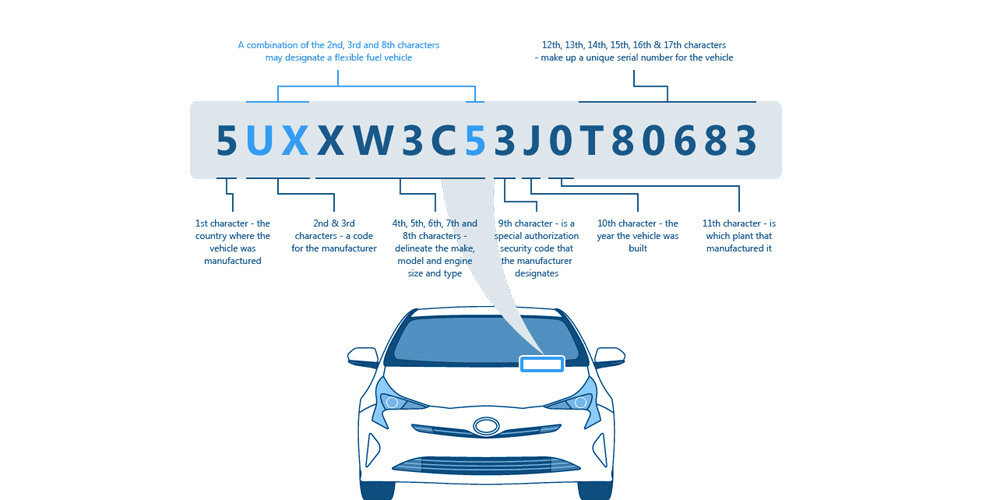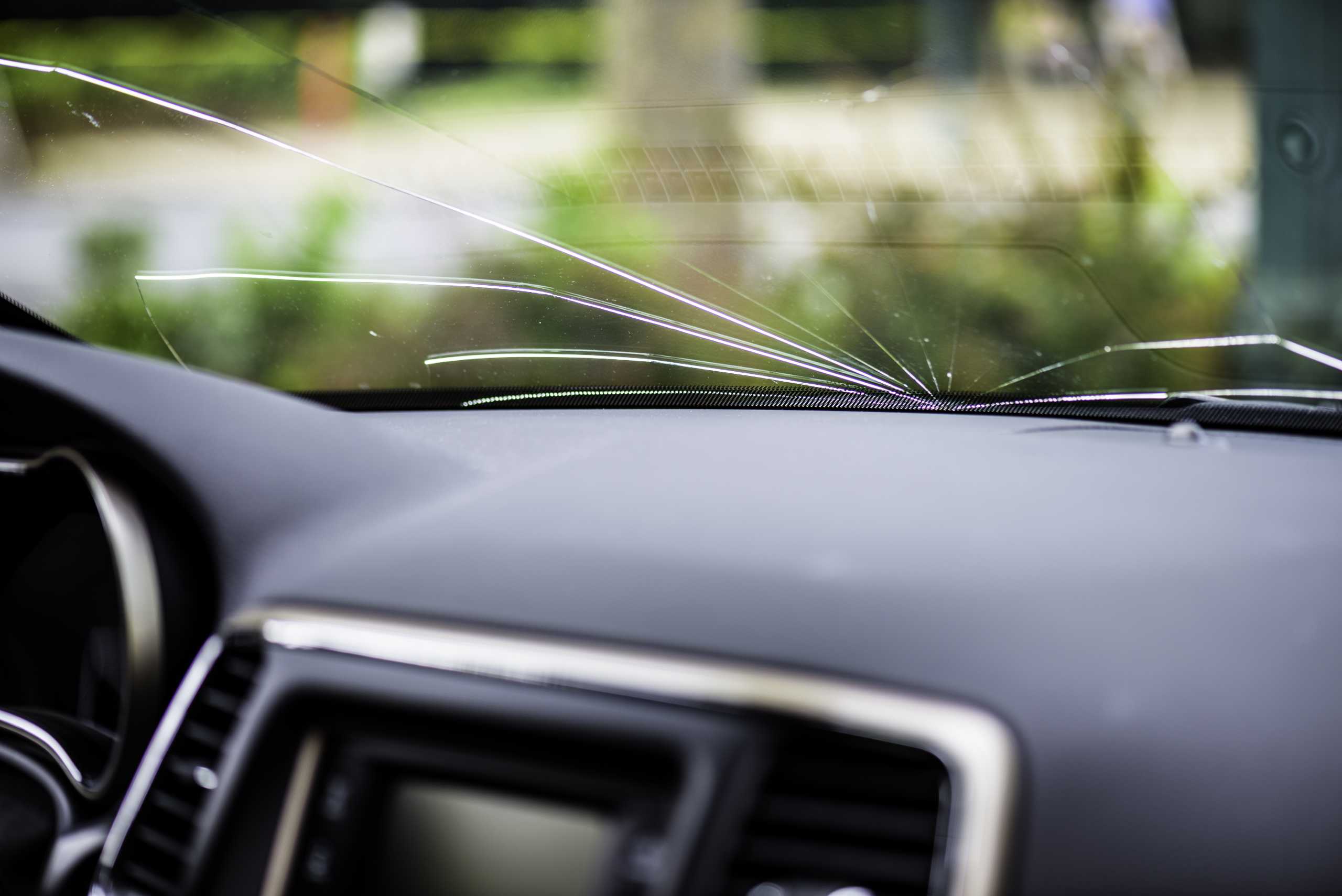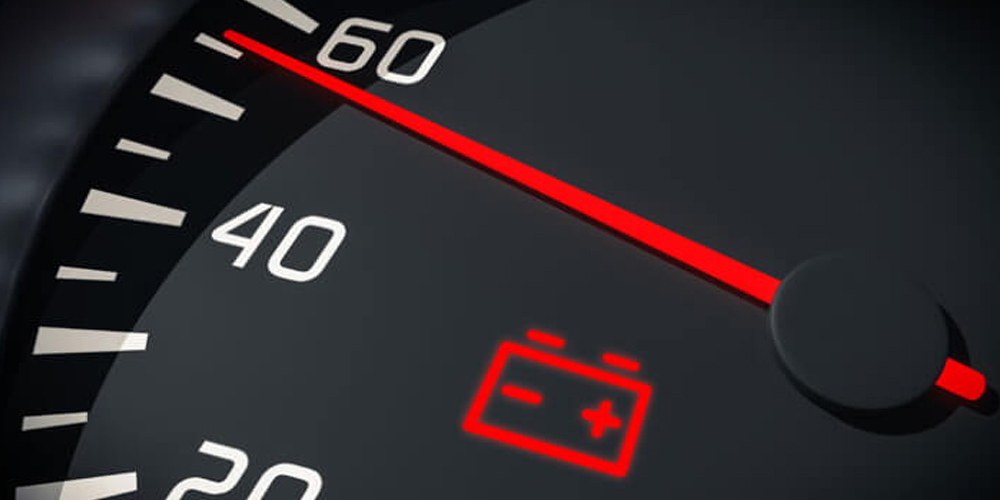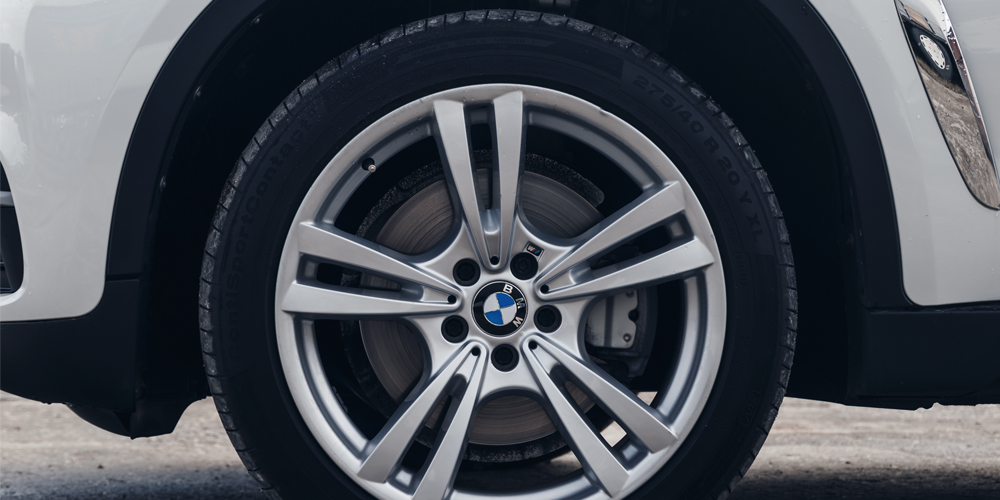In Nigeria, the rainy season can be frustrating for road users, especially car owners, due to bad roads, traffic jams, and constant waterlogs. Unfortunately, the bad roads and drainage systems do not make it easy for vehicle owners.
Regardless of these challenges, there are several precautions you can take to maintain and preserve the value and longevity of your vehicle.
These safety precautions are guaranteed to keep yourself, passengers, other road users, and your car safe.
- Fix or Change your wiper
The wiper is frequent during the rainy season, unlike the dry season, where it is not used frequently. It is essential to check your wiper because it is made of rubber which can wear out quickly. It can result in scratches or uneven cleaning of the windshield.
Direct the airconditioner flow to your windshield to reduce the appearance of fog to enhance visibility
BONUS POINT: Keep your wiper liquid filled to the brim
- Check your headlight and Tailights
A clear visual is your primary goal during this period, although the heavy downpour can make this a challenge. But, with your headlight and taillight in good condition, you are good to go.
Sunlight causes your headlamps to get cloudy; this is why regular cleaning is vital to maintain its proper function.
Check for cracks and breakages to ensure water does not enter the headlights and cause unwanted fuses. If your light flickers when it is turned on, this is most likely a sign of changing its bulb.
- Check your batteries
Car battery issues are usually the most frequent problem motorists face during the rainy period leaving motorists stranded due to humidity and droplets splashing during this time. Therefore, if there is a greenish white powdery around the terminal of the battery, this is a sign of corrosion which can make the power to the car unstable.
You can leave the car hood open to avoid direct heat damage to the battery. Although a radiator helps cool down the system, leaving the car hood open makes the cooling process faster.
- Check your car brakes
Suppose there are any unusual sounds while braking, it is crucial to get it checked and fixed by professionals.
Also, During the rainy period, brakes take a while to work adequately because water reduces friction between the tires and the road, which does not allow the car to stop at the appropriate time. This means overspeeding should be avoided to protect yourself and other road users.
- Line Car Floor with Plastic Footmat of Old Newspaper
A plastic foot mat or newspaper can save the stress of maintaining the vehicle’s interior from mud, moisture, and the damp smell, which is usually challenging to eliminate.
Other Tips
- Roll windows up
- Carry spares, e.g., tires, battery, fuse, cables, etc
- Maintain proper distance from vehicles ahead of you
- Always use headlights and taillights for better visual
